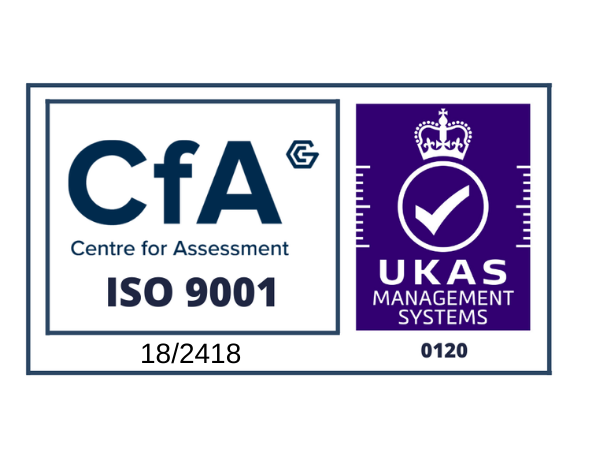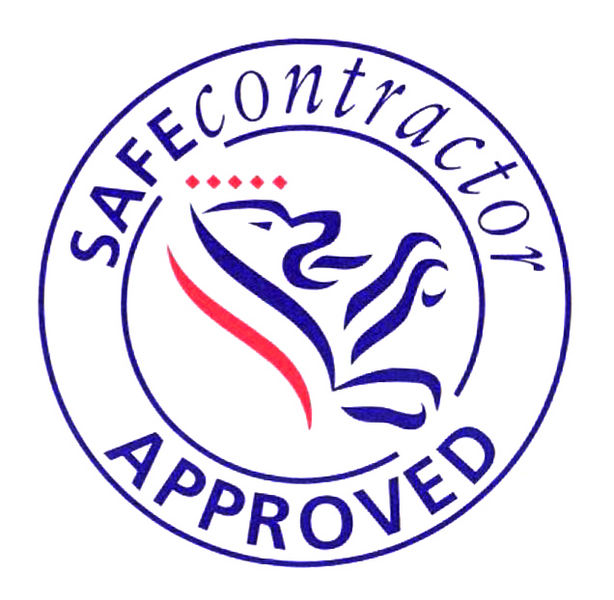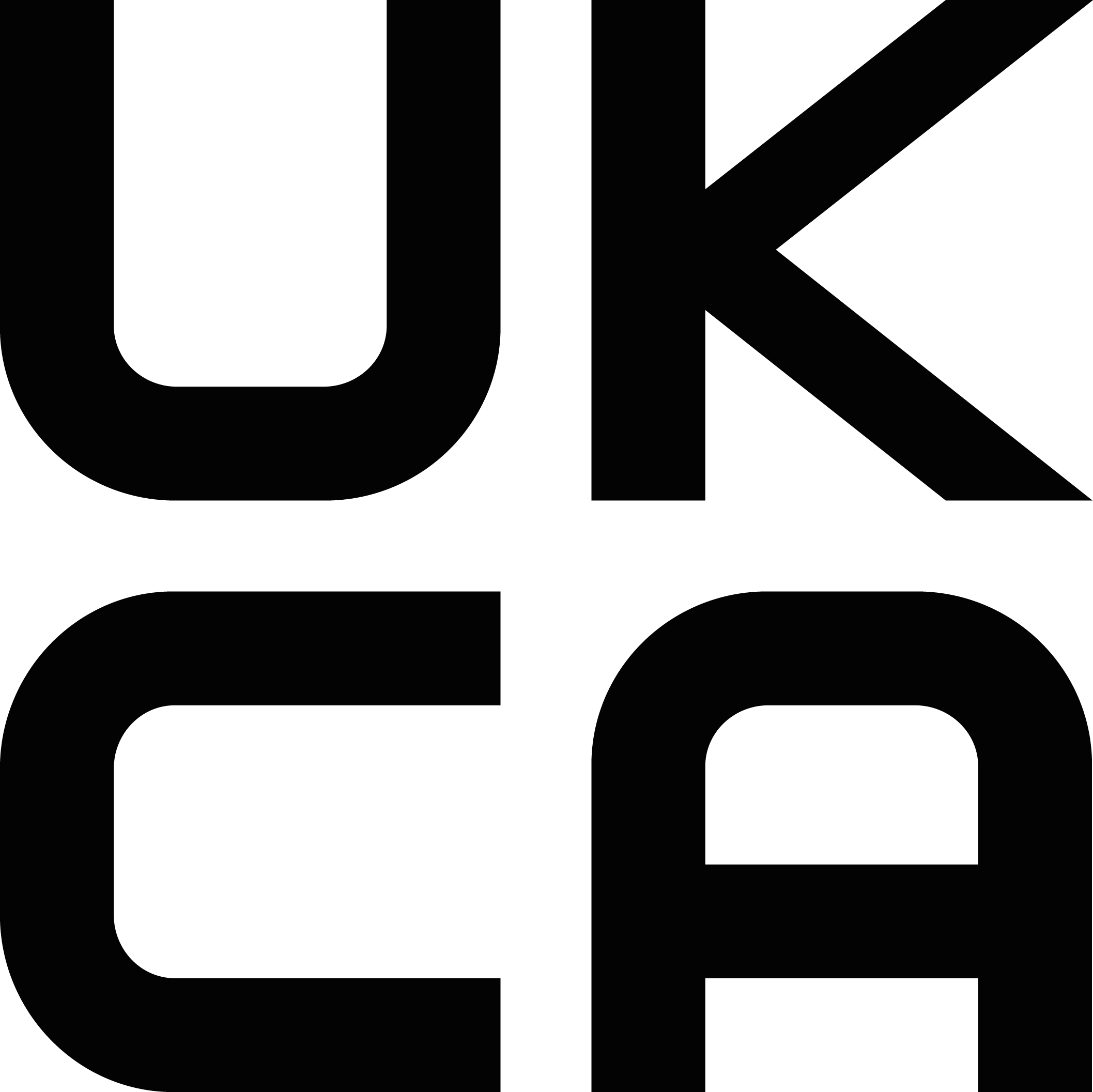What Is Metal Fabrication?
Metal fabrication is a combination of processes used to build structures, machines or parts out of metal. The end product of the fabrication process may also be called a ‘fabrication’, and the facilities that specialise in this type of work are called fab shops. Like most modern manufacturing processes, it is common for a mixture of human labour and automated processes to be used.
There are many value-added processes that can be used - typically including cutting, bending, forming, machining, assembling and welding. A large fab shop can usually achieve all of these different processes in one facility so that they can offer a competitively priced finished product to their customers based on engineering drawings.
Metal fabrication projects could include just about any structural steel or other sheet metal item you could think of, from hand railings and gates to heavy equipment, architectural frames or machinery. Fabrication can include and overlap with many other specialist metalwork activities, such as machining, blacksmithing and boiler making, and the end products of some of these processes may be similar.
What Raw Materials Are Used?
The materials used by metal fabricators include sheet metal, tube stock, formed and expanded metal, welding wire, fasteners, flux and casting.
What Are the Processes Used?
1. Cutting and burning: Before a structure can be made, the raw material must be cut. Shearing is a very common method, along with band saws and chop saws. Cutting torches and burn tables are an efficient way of cutting large areas. Cutting also can be achieved using numerical control cutters, which can cut the metal using either a laser, a mill bit or a water jet. In plasma and laser cutting, robots can be used to move the cutting head in 3D.
2. Bending is carried out either by manual or powered hammering or using a press. Modern press brakes are usually software controlled.
3. Forming is a process used to shape a piece of metal into a three-dimensional object by applying force. Tools such as punches and dies or forming machines can be used.
4. Machining is the name given to removing excess material from a metal block using a sharp cutting tool to achieve the desired shape. This is a trade in itself but can be a part of the fabrication process.
5. Assembling, or the joining together of pieces, can be achieved by welding, the use of threaded fasteners, adhesive binding, riveting or by bending to form a crimped seam. In steel fabrication, welding is the major method used - the cut, machined or formed parts are assembled and then tack-welded. Once the assembly has been checked for accuracy, the weld can be completed in accordance with the engineering drawings.
6. Final assembly is carried out once any welds have cooled (or been annealed in a low-temperature oven). Sandblasting, priming and painting can then take place before any additional customer requirements are actioned. The fabrication can then be inspected and shipped to the customer.







